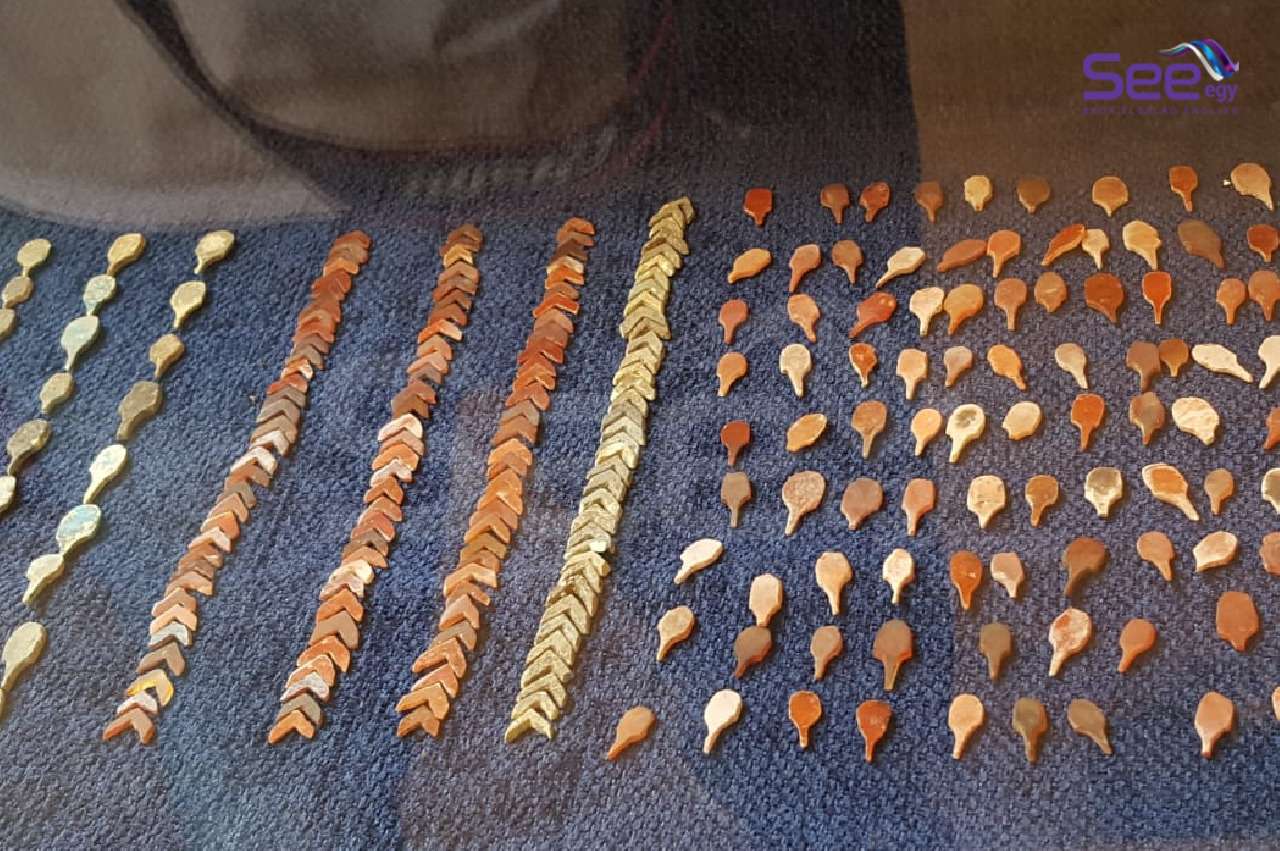Director of Antiquities at the Bibliotheca Alexandrina Dr. Hussein Bassir said that the recent archaeological discoveries announced today by prominent Egyptologist Dr. Zahi Hawass and his mission will uncover very significant secrets about Egyptian history in the Valley of the Kings, known as the Valley of the Monkeys in Luxor
He added that the 30 specialized workshops found in the area will let us know more about how the royal tombs were built in the Valley of the Kings, in addition to how they were making the funeral furniture there.



He added that the recent discoveries will add very important information about the daily life activities of builders of royal tombs in the Valley of the Kings.
Egypt’s Secretary-General of the Supreme Council of Antiquities Mostafa Waziri said that the Egyptian mission, which has been working in the Valley of the Monkeys since December 2017, has made several important archaeological discoveries including; workshops for industrialization, a storage bit which took the KVT number, pottery and metal burning furnace, two silver rings, large quantities of decorative elements used in decorating wooden coffins in the 18th dynasty, gold foils and some decorative elements called “the Horus Wing”.






It is noteworthy that the western shore contains many ancient Pharaonic tombs and, most of which belong to the eighteenth Dynasty of the modern Pharanoic state.
The shore represented the western valley of the city of Thebes (now Luxor), the capital of the state at the time, and is pided into the eastern valley and the western valley called Monkeys Valley.
Since then, the Egyptian archaeological mission, headed by Dr Hawass and a number of archaeologists working in the Ministry of Antiquities, began excavations in the Valley of the Monkeys in the western mainland in Luxor, to search for one of the tombs dating back to the Eighteenth Dynasty.
The Monkey valley is a closed valley west of Luxor, similar to the Valley of the Kings in its topography and geography. It is surrounded by mountain ranges from the south, east and west.
The name was appointed to the Western Valley, after the discovery of the tomb of King Ai, where it was discovered by “Giovanni Belzoni” in 1817, which he carved his name at the door of the tomb and the date of discovery as a kind of honor.
When he entered the tomb’s burial chamber one of his workers named the cemetery “Monkeys's Cemetery”, because of the wall paintings of twelve monkeys arranged in three rows. Obviously, King Aye was only able to complete half of his planning and his scenes were rushed over a rough layer.
Although the Valley of the Kings contains many tombs of kings and nobles at the time, most of them are concentrated in the eastern valley.
While the western valley contains only four tombs, the most famous for Amenhotep III, one of the kings of the Eighteenth Dynasty and the tomb of Khakhrore “The 13th king of the 18th Dynasty is also the only cemetery available to visitors in the whole valley.
The cemetery is the only one in the western shore where parts of it have been found, despite many looting. It is the only royal cemetery to show such scenes, described by British Egyptologist John Gardner Wilkinson as “lacking in dignity” (knowing that it is a frequent sight from the tombs of nobles of this era), and is famous for its inscriptions depicting a royal hunting hunt for hippo.












